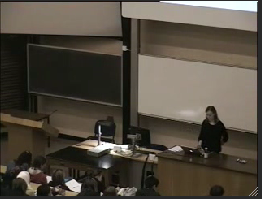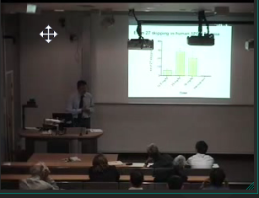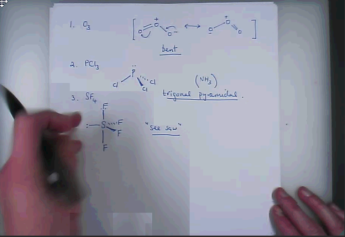Good recording practices for successful lecture recordings
Microphones
The most common cause of problems with recordings is poor sound quality/variable volume – this is almost always caused by failure to use the radio mics. provided, there are two types: -
Ensure the radio mic. is turned on before your session. Please turn off the radio mic. at the end of the session. | When removed from the dock, this type of mic. will have a green flashing light when on and red flashing light when muted. Please return mics to their cradle at the end of the lecture – this is how they re-charge ready for the next lecture
|
If a podium mic exists in the room this will only record well when the lecturer is at the podium and facing the microphone – use of the radio mic ensures a good recording everywhere.
The recording system picks up from the podium and radio mic. Remember that recordings start/end automatically at the scheduled time – conversations with students/colleagues at the beginning
and end of the lecture will be picked up at the podium and away from it if the radio mic. is still being worn – avoiding this can help save unnecessary editing later.
Q&A if you hold Q&A sessions during your lecture, remember that audience voices do not capture well – it helps the final recording if you repeat questions before answering.
Cameras
The cameras in lecture spaces are focussed on the front desk/podium area. Some have a wide angle and some have a narrower angle – if the intention is to include a presenter video component
as part of the recording (not all lecturers choose to) staying in the region of the podium will help ensure that you stay in shot – if your style is to move around the theatre as you talk you might
consider not including the presenter video component of your recording – non-inclusion of presenter can be requested when the recording is booked).
| |
Do NOT rely on the camera to capture what is written on a whiteboard in the room.
|
|
Laser and physical pointers are not captured, using them to refer to particular areas of diagrams will be confusing for those watching a recording of the lecture.
An alternative is to use the computer/mouse cursor as a pointer.




